It looks like we’ve been cheating
The plank is one of the most practiced core exercises around the globe. Step outside of fitness circles and the majority of people are familiar with this infamous pose. Being an isometric hold, the plank is a potent mix between exertion and patience. If you think this is a simple and mindless exercise, however, you’re gravely mistaken. As a personal trainer, it’s quite rare to see this pose being executed 100% correctly.
The biggest mistake with this exercise is in thinking that you’re exclusively using your core. There are several ways that we can cheat ourselves out of the plank’s full potential. The reality is, this is far more than simply lifting your torso off the floor and striving for ‘alignment’. New research has cemented this fact, stating that the perfect plank requires two subtle bodily shifts to maximize core activation.
If your plank is different than the one outlined below, it doesn’t mean you’re completely in the wrong. You may just be setting yourself up for a more ‘whole-body’ technique that will naturally elicit better endurance. When it comes to core training, however, it’s essential to achieve proper muscle isolation. Being ‘neutral’ in a plank may be good form, but it’s probably not the most productive form.
Here’s why.
What the Research Says
There are two major anatomical areas of focus in emerging plank research. Studies show that the scapulae (shoulder blades) and pelvis play a critical role in core activation. You may be achieving a ‘neutral spine’ in your current plank, but this is only half the battle.
Using electromyography, researchers can observe the electrical (activation) activity of relevant core muscles, such as the rectus abdominis, external oblique, internal oblique, and erector spinae group. In one study, four different combinations of pelvis and shoulder positions were observed.
The combination with the highest activation rates was the one with scapular adduction and a posterior pelvic tilt. This means if you’re wanting to maximize your core engagement, you must squeeze the shoulder blades together while slightly rotating the pelvis back (engaging through the glutes). It does feel awkward at first, but you’ll learn to lock it in quickly.
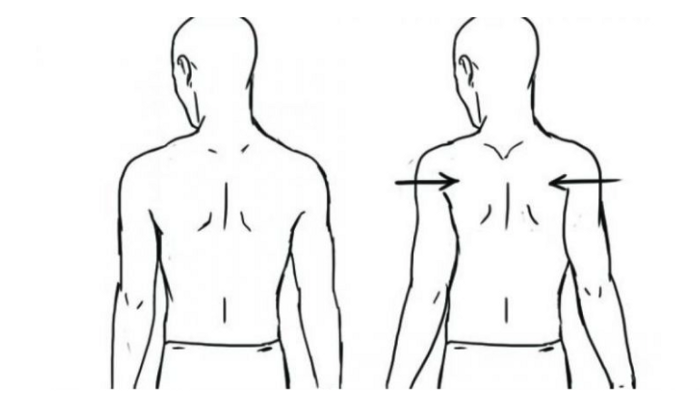
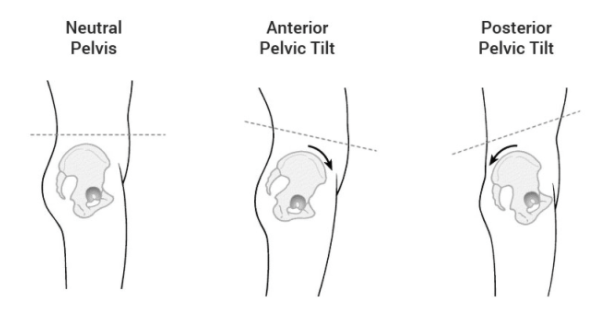
These adjustments feel minor, but they make a world of a difference. Just try starting in a typical plank (shoulder separated, pelvis rotated slightly forward) and then gradually transition to this new pose. You should quickly notice that abdominal muscle activation is far greater than in the original position.
The question is, why is this shift such a game-changer?
During core fatigue, the tendency is to let the pelvis drop and internally rotate the legs. This adjustment places less stress on the core, allowing you to hang on for longer. At the same time, the shoulder blades separate, turning on the serratus anterior and latissimus dorsi muscles. This additional activation will put more load through the upper body as opposed to the core.
By making this new adjustment, you may fatigue quicker, but it will be much more localized to the core. This is a far better strategy, as it’s more efficient and relevant to your ab training.
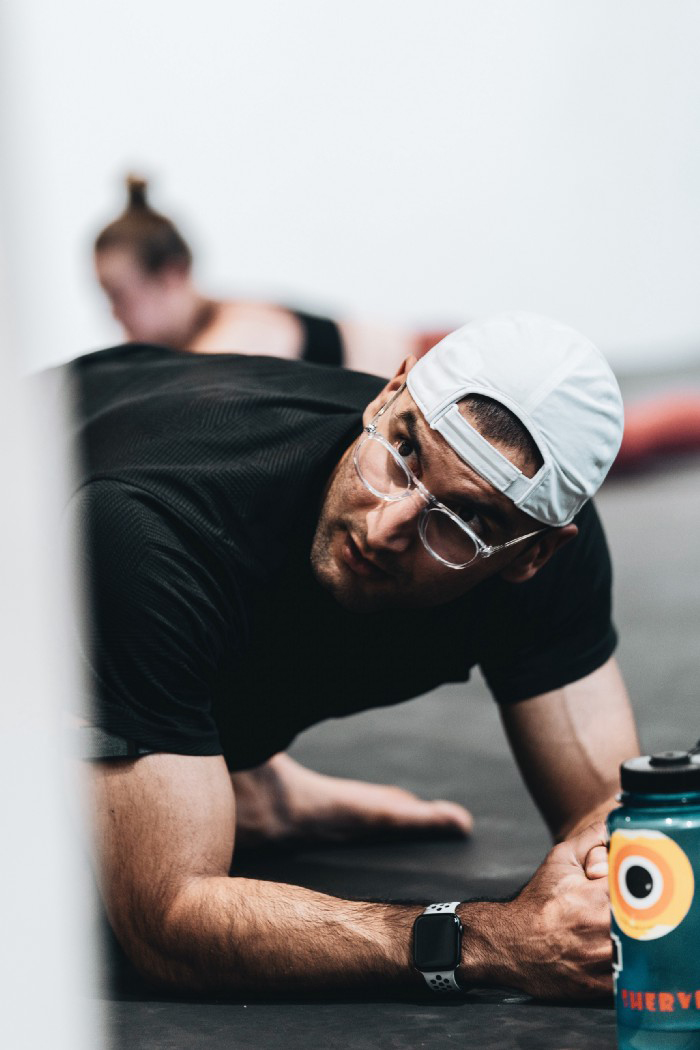
In Closing,
Research has revealed that the best looking plank might not be the most effective. Assuming perfect alignment and whole-body stability may get you the longest hold time, but it won’t be isolating your core in the way that you’re hoping for.
By manipulating the shoulders blades and hips, we can construct a harder version of the plank. One that challenges the very abdominal muscles we were trying to target in the first place. Now that the secret is out, it’s time to go brush up on an old exercise and take your core training to the next level!
-DavidLiira.Kin
Source : Medium

























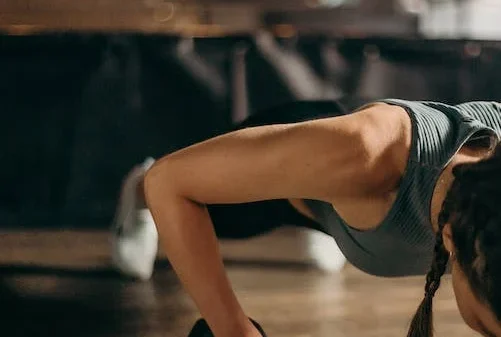
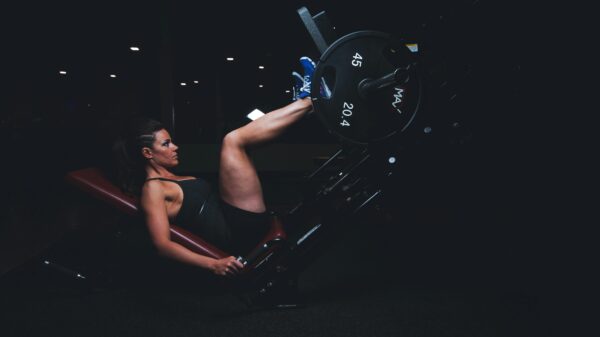






















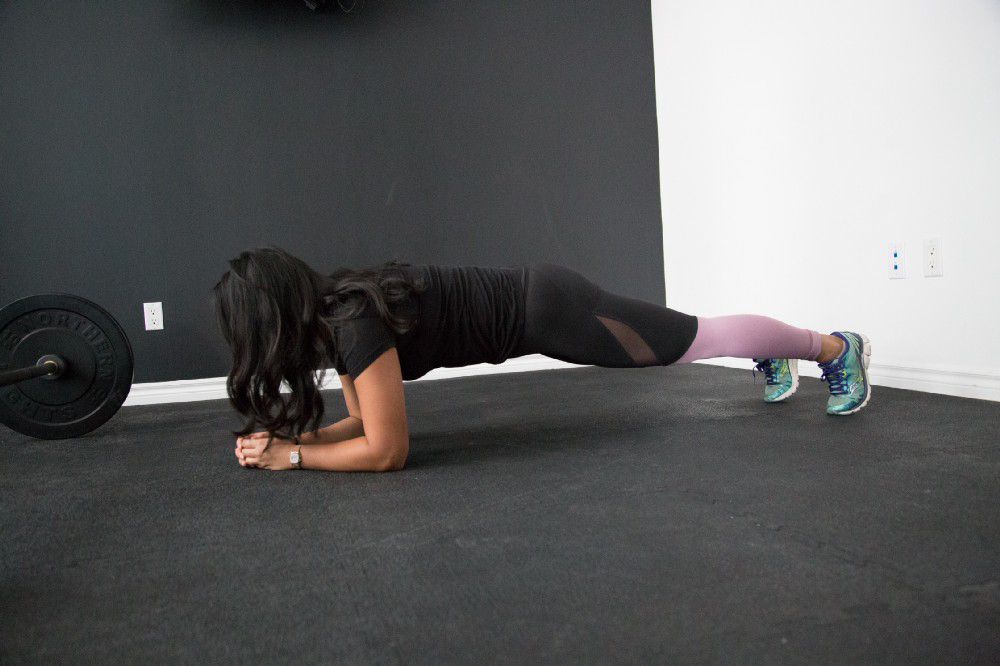




You must be logged in to post a comment Login